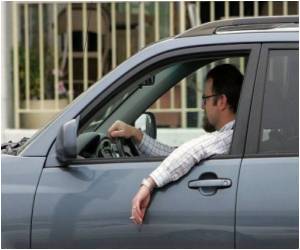
Both options have risks and benefits, note the authors. Consequently, "controversy remains among surgeons as to the preferred approach." Part of the challenge is taking into account the rate of spontaneous resolution, which ranges from 32 percent to 95 percent.
Using modeling and analysis, Kevin D. Frick, Ph.D., from The Johns Hopkins University, Baltimore, and colleagues calculated how spontaneous resolution rates, intervention success rates, and intervention setting affect costs and outcomes. They used data from the 2009 Medicare Fee Schedule, a 2008 study of NLDO treatment conducted by the Pediatric Eye Disease Investigator Group, and information from the scientific literature. They constructed decision trees for two options—immediate office-based probing surgery to clear the blockage, versus watchful waiting and deferred facility-based probing surgery as needed. Analytical variables included the percentage of cases resolving spontaneously and the cost of treating the condition in different types of facilities.
Under the assumption that the spontaneous resolution rate is 75 percent, immediate office-based duct-probing surgery would be more expensive than waiting ($771 vs. $641) and slightly less effective than delayed facility-based probing surgery. However, under the assumption that spontaneous resolution rates are below 68 percent, immediate office-based probing surgery costs less than deferred facility-based surgery, but is slightly less effective. Immediate intervention, when 50 percent to 90 percent of cases are expected to resolve on their own, may result in a shorter duration of symptoms. Varying the setting of intervention affected the cost. A change in the expected spontaneous resolution rate from 68 percent to 60 percent would increase the cost of success from a wait-and-see approach to $5,000. The authors conclude, "A more precise estimate of the spontaneous resolution rate of NLDO is critical for establishing which approach is the clinically or economically obvious choice or whether trade-offs between costs and outcomes need to be considered carefully."
Source-Eurekalert









